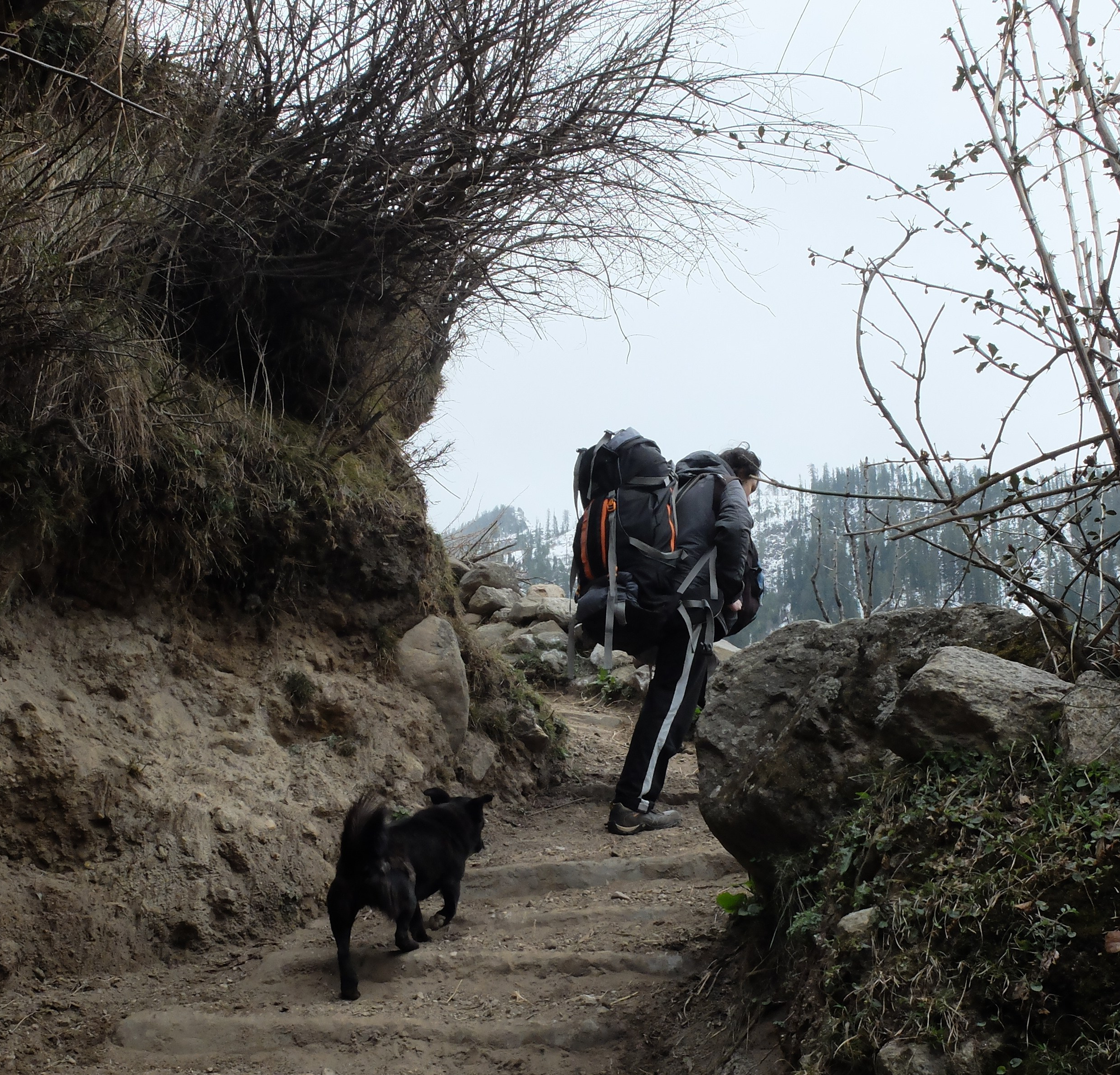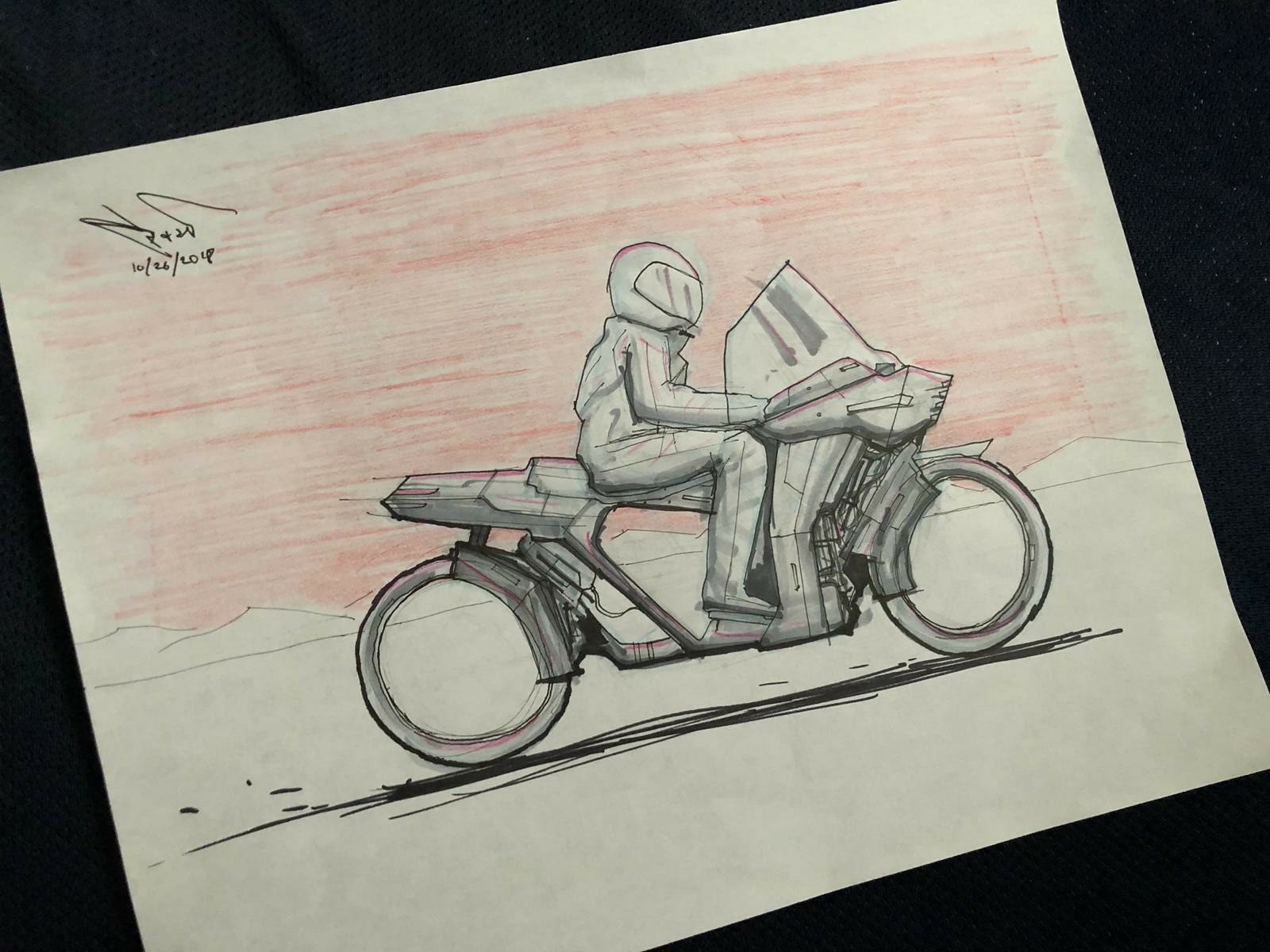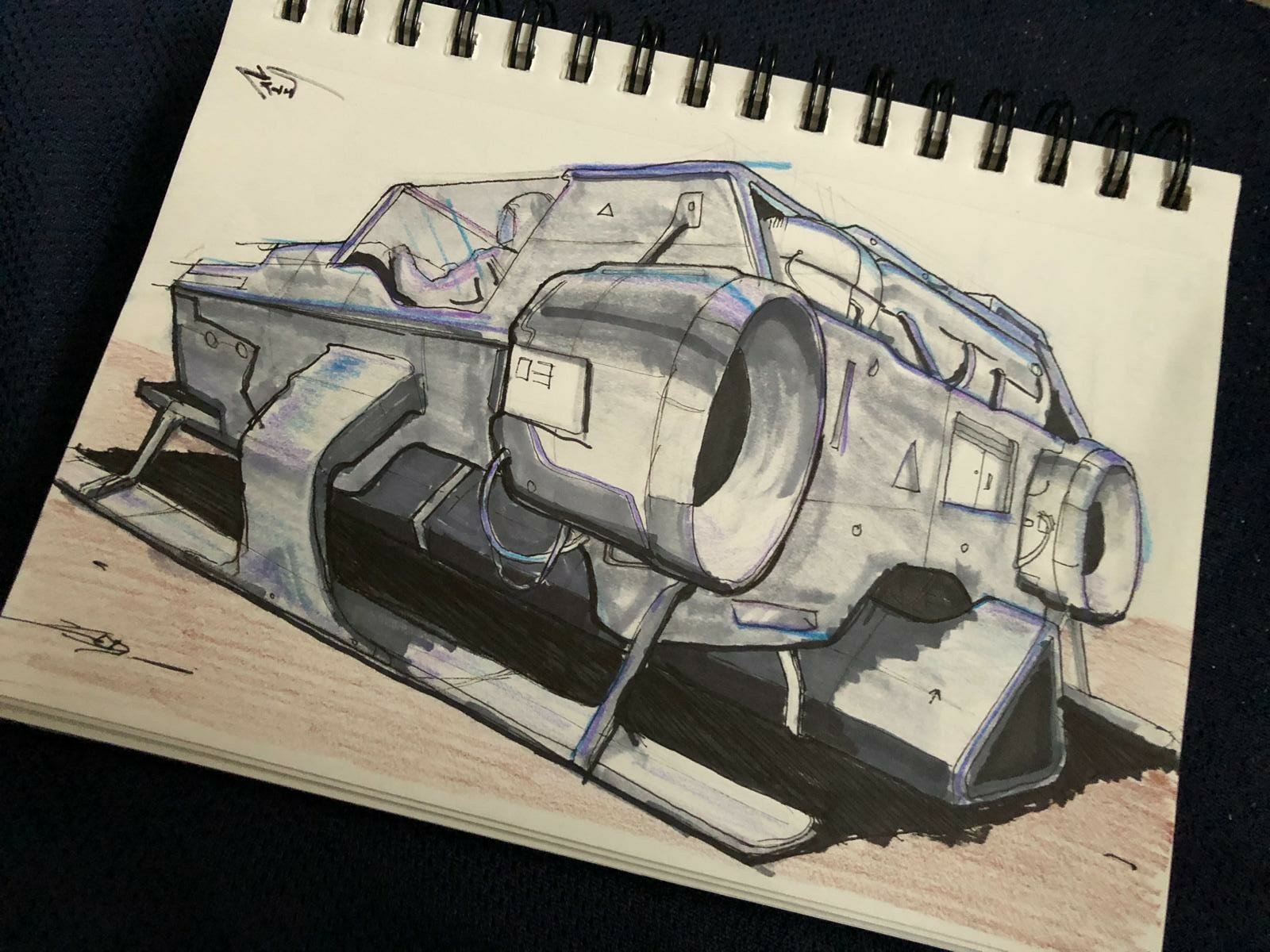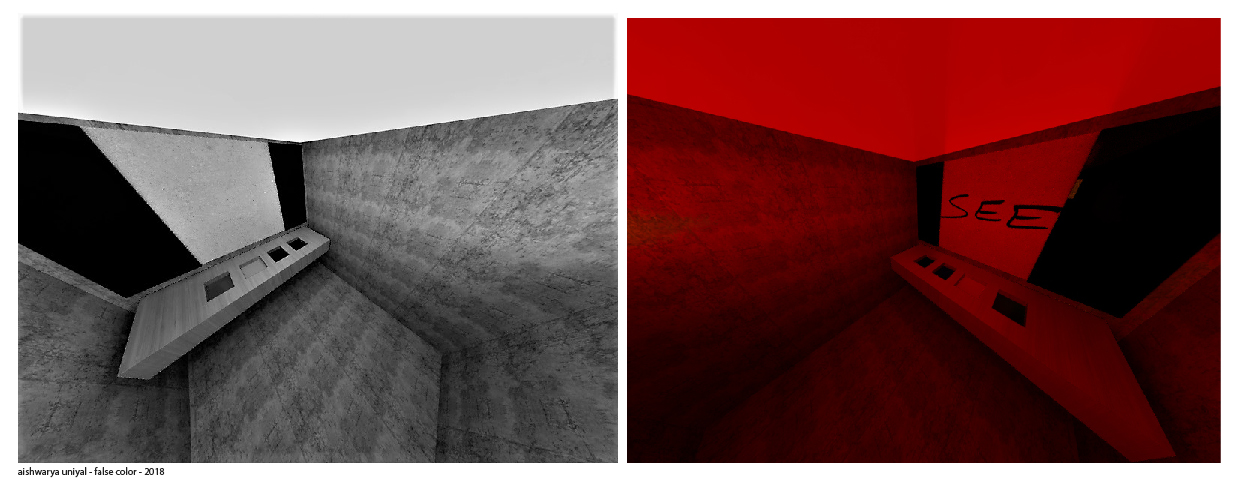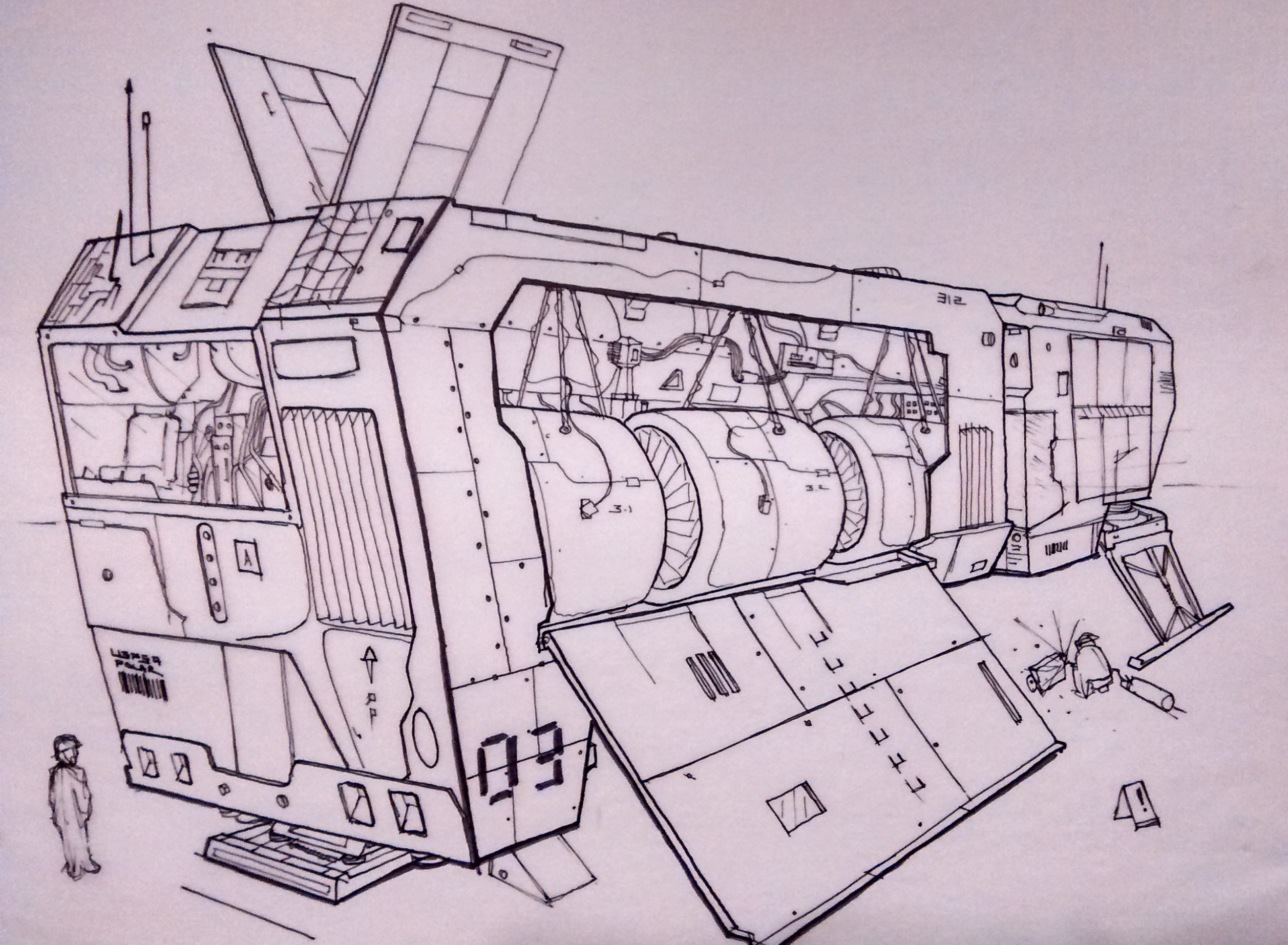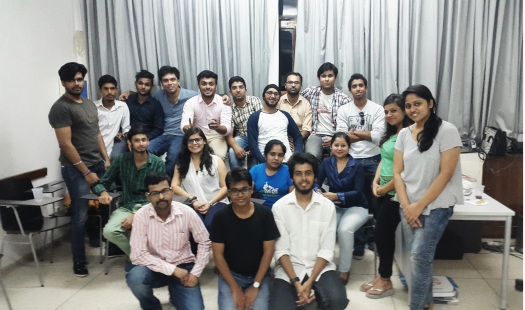A Personal Journey:
My appreciation for the languages of India grew when I came to study in a foreign land. While cohabiting with people coming from very different parts of India, I saw how strong the common cultural thread of this country is, regardless of the geography or the language, its presence is good enough a sense of familiarness one seeks living thousands of miles away from home. Here I was able to break free from my close-minded approach (having lived in one city all my life) toward other languages of the country. I found comfort in groups where languages unintelligible to me were being spoken, even when I could not understand a bit of it, there was something strangely homely about them – maybe it was the people themselves or occasional words which I could catch, or maybe it was how social interactions remain common across the country even when the language differs. I was like an infant, soaking it all up, not just hearing but reading the faces to build the context of the conversation.
This is the same position where a lot of people complain that certain groups or communities immediately switch to their native language and do not speak in a commonly understood language, English – in this case, there is mention about etiquettes etc. But then all of us are guilty of doing this, the group always comes above the individual. Rather than complain, I approached it with an open mind and this experience only made me more curious about India’s languages – the ones I have overlooked, the ones I mocked and the ones which were supposed to speak but couldn’t. As sad as the state of affairs might be, I am glad I have come to the point of this awareness.
Questioning my own attitude towards foreign languages and the rich languages of my own country, living with them, and experiencing their loss along with that of my very own mother-tongue, I will share some ideas on how we have come to this, why and how we continue the way we do, the problems arising out of it, and some ways this can be realistically fixed.
The Past:
There was a time when all languages in the sub-continent contributed to preserving, thriving with and augmenting the Dharmic thought, with great literary works translated from one language to another and new languages literally evolving from the previous ones, merging entire sections of the land together culturally. Obviously, as information was not as instantaneous and not cradled inside a foreign civilization as is today, things could be labeled as safe – the culture evolved, checked itself and matured steadily to become all that which struggles to survive in the noise of today.
The hierarchy of languages, i.e. difference in the languages spoken by the common folk and the ruling class also existed before India was ruled by foreign powers, but both the languages often interacted, co-evolved and remained native to the land and thus did the ideas. One can see strong commonalities of all sorts between cultures separated thousands of miles apart within this landmass – these are not just limited to customs or religious practices but how individuals think and act. This is the Dharmic thought.
Surprisingly, even during the Muslim rule, despite the court languages being either Arabic or Persian, (both of which influence contemporary Indian languages heavily through thousands of loan-words) native languages were not fully uprooted. The emphasis was on carrying forward the word of the book, regardless of the medium, and education systems were attacked right away – burned down, but not replaced or mutated into something which propagates their agenda. Though destructive, it was something which the culture would have survived and successfully assimilated with, and it did. Languages like Kashmiri took on the Persian script, Urdu was created in Delhi and such.
The British had a different approach altogether, they needed a class of Indians who would serve them in a better capacity to run and administer this huge landmass, but also act as a cultural and racial buffer between this colony and the homeland. Because in any imperialist setup, culture travels both ways – by this time, reshaping the education system was a verified buffer-enabler that prevented the much feared reverse flow of culture. Now, ideas could be controlled, shaped and reiterated if they were not palatable to the folk back home. That said, one can’t really blame the British for doing what they did – any ruling imperial power in their place would have taken similar measures to prolong the rule abroad and preserve the culture within.
English In India:
The blame for the current state of things lies on no one but us. Instead of re-evaluating the system that was left in our hands after independence, we carried on with the same structure (with superficial changes) of which language is only a small part that pokes out – like a broken bone. This is a pain we have gotten used to unless it gets touched every now and then. And while English education and our emphasis on it did offer its advantages, especially when it came to serving (yet again) in the markets set up by the powers which once ruled over us and others, it has led to a lot of new problems internally (not to forget being mocked for speaking English in one’s unique way even when the grammar or vocabulary is often superior to a native speaker’s). I am sure other post-colonial nations are dealing with similar issues but theirs might be way less complicated as the ill-effects in our case just undergo a combinatorial explosion with every new language you throw into the equation.
Though there is nothing wrong with things converging to English, as the internet, wealth, media and entertainment are currently centered around English-speaking nations. What is interesting is that while other sets of non-English speaking populations, that make up a huge chunk of the world, have carved their own independent communities and systems freeing themselves of the dependency on English. Some countries, out of necessity, and some out of sheer pride, have managed to prevent the influence of foreign languages on their own culture, regardless of whether they were ruled by an imperial power or not.
The positions of power in newly-independent India went immediately to the educated English-speaking elite, regardless of their political leanings or religion. Even when the policies have always been to appease and benefit the farmer, the soldier and the poor; the leader and the kingmaker come from an elite group where speaking English (to some level, at least) is a requirement. This only feeds back into continuing a system that was set up originally by the colonial power.
This results in creating a system where the chances of a person succeeding in the Indian society are directly affected by their command over English, and even though English is taught at most schools, there is a huge disparity in the quality of that education. This has led to the creation of a class divide at an intellectual level. At a superficial level, this divide can be observed by just glancing over differences between English media and entertainment and their counterparts that are in local languages. At a deeper level, this divide exists in academia which affects policy and politics, while remaining oblivious to the cultural needs and moods on the ground.
Anyone who struggles in speaking English fluently is not dealt with a mature understanding, which would be along the lines of – ‘This is not his or her first language.’ but something more like, ‘This person must be pretty dumb because they cannot pronounce certain words/use incorrect grammar.’ This thought infects all Indians at all levels, regardless of their own proficiency level with the language – the linguistic pecking order! This is a topic of jokes at all levels of aggression, but the crux is to judge a person’s worth by their command over this foreign language. And sadly, this does hide a reality within it, where in the hierarchy of the society, English is what judges your worth and places you in this new varna-system.
Education System:
All parents wish the best for their child, and given how things are set up, an English education is a must in their list of things to provide. This is a desire that spans all social and economic boundaries in India, the privileged ofcourse do not have to think much about it apart from circumventing the hoops elite schools place in their intake, a questionable practice in itself. The less privileged aim for any school that might have an English class or at least mentions that in its advertisements plastered un-aesthetically over public property.
English is not a problem for the privileged classes as they are usually the households that themselves converse in English and their children attending schools with children from similar backgrounds only makes English the least of their concerns. Here, English classes are light coursework and everyone has a ball. At a university level, most majors are centered around English, and this completes the cycle by contributing a workforce back into the English-thought run post-colonial machinery – doesn’t matter whether it is the government or business, the deracination occurs effectively with every batch.
Now things get more complicated for the households where English is not spoken. Neither of the parents know the language and try to make that push into making their child study English – this has to be their lottery ticket and in their desperation, they are willing to bet the ranch. The results are not as easily predictable as with English-speaking households, with most coming out of the system with sub-par command over the language (thereby being unable to compete with their better educated counterparts) and the ones who do in fact get benefitted, enter the elite club mentioned above – it is true that the financial situation might improve ten folds within a generation but the tremendous loss which occurs at a cultural level is irreparable.
The schools where these children end up in, apply various methods to enforce students into conversing in English, some include corporal punishments or minor fines (reminiscent of the Missionary-run schools during the Raj), but realistically, none of this works and no amount of “Speak in English!” threats can make students coming from similar non-English speaking households converse in English outside of their daily one hour lesson. Things do improve however if there is a mixture of students coming from different backgrounds, but this too is a rarity with the rapidly rising divides in the society.
Now the effects of this difference are not just limited to mastering English but also are about the sciences and the social sciences, all of which are taught and tested for in English – if not at high school level, then at university level. The students from this latter group of households have to work extra hard to first get over the hurdle posed by the language and then to absorb this new content. An uphill task which few succeed in getting through, but there is a majority that gets left behind, partly-trained and partly-confused.
Come to higher education and research, where most instruction and reporting is conducted in English – the knowledge gained from research or observation drifts and compartmentalizes to the English speaking audience. Once knowledge is being imparted in the tongue not native to the land, how can we even dream of bringing it to the masses and making them understand it at a deeper level – the equal opportunity much often talked about can thus never be achieved. How can it be accessible to minds that are inquisitive and brilliant but are only held back by the inability or lack of resources to learn a foreign language. The lack of access to this knowledge has trickled down into the very primitive concepts that still have to be manually updated by a board/committee every few years, with their own redactions and biases, where new terms are just transliterated and localized from English thus causing further erosion of vocabulary and ideas.
Regardless of the stage in life you are at, the confidence and value placed on oneself takes a beating consistently only because of a single language one is unable to speak, regardless of one’s actual capabilities. Why, thus, would we not be the under-confident and self-sabotaging people that we are?
Complaints about the quality of education are a cliche by now, but the image of a student not even able to structure their own thoughts clearly, let alone rephrase someone else’s complex idea, is a very real thing. What we have now is a mass of educated idiots amidst a collapsing culture who are unaware of their condition and their identity, aggressively seeking a western socio-political definition to their existence. This dissonance is nothing but an experiment gone wrong, where they were meant to think English but they never could, with no fault of their own. The ones who do think English are the ones running the show, again unaware of their condition, but confident in their actions being righteous, which is more dangerous a headspace than conscious malevolence.
All of this said – English cannot be the national language of India.
The Inner Conflicts:
India’s languages are a recurring topic of discussion and mostly, if not always, these are controversial, whether it is the erosion of the native languages and their purity by external influences, or straight-up imposition. The diversity and its beauty has been reduced to in-fighting providing more fuel to the political formula of divide-and-rule. Everyone loves to think of their language to be the best, and immediately shuts the door to anything different, (which is a very human thing to do) but where Indians go wrong is that this bias has an exception, which is English. Indians from two different regions would, by default, prefer communicating in English rather than figuring out a common Indic-language they speak, as one party would often feel it to be a compromise of some sort if they speak a language other than their native tongue which they do know but refrain from using – the trust and understanding needed to make this work lacks from both the sides.
The political center being amidst Hindi speaking States also unknowingly gets influenced by the thought bubble where it is oblivious to the differences and moods of the rest of the country. One just cannot convince a group to adopt your language when their beliefs are strongly rooted in their language being the oldest and best in the world. In such a scenario, imposing a language would only repeat the imperialist practice where the language of the court has now become Hindi, which, ofcourse, makes the speakers of other languages feel sidelined.
The linguistic diversity of India is a strength we have failed to benefit from and now it lingers on in our system, as we quarrel over who speaks and who doesn’t. This very diversity, if prioritized and pushed for at every level, can offer great social, cultural and even administrative benefits. Social in the sense that a large part of the population that gets excluded from participating in the knowledge building process can be included, cultural in ways of bonding the nation through its similarities, and from a nationalist and administrative perspective as something which builds national identity and adds security through exclusivity.
Proposed Solution:
The solution to the Indian education system is directly tied to the languages and how they are taught in its framework. According to me, solving one solves the other. We cannot enforce languages and we, obviously, cannot discard the education system completely for it is tightly bound to the system. But what we can do is suggest and try to bring about a few changes which are realistic and the least destructive in their implementation.
ONE. We must make two Indian languages compulsory (one being of the state or region) for everyone across all education boards. English should hence be a tertiary language, (which can be compulsory or not) depending on the school. This will not only allow the coming generations of Indians to be fluent in two Indian languages but also open up job opportunities for them in different parts of the country without arriving there as a population that gains resentment from the locals for eroding their native culture through passive or active language imposition. This will also fill in a huge gap for jobs that are important but often neglected, like teaching, even if done as a part-time gig. The increase in the demand of language teachers and their movement across the country will offer its benefits in tightening the fabric of the nation as well. What the national highway system did to the United States in bringing them together as a nation, I strongly feel that it will be this improved national linguistic network which will do it for us.
TWO. The other part of this solution is just about adding an additional step in the workings of higher-level educational institutions – where all research papers/dissertations are to be submitted in English along with one Indian language of the author’s choice. So, our student will be contributing not only to the English speaking scientific journals but also to, say, Kannada speaking scientific repositories. This also adds opportunities for translators to play a more active and interesting role, who are presently limited to legal or legislative work. Even if the output is coming from lower-tier colleges and universities, this will rapidly build up the backlog of missing research literature in Indic languages, where recycled projects and plain repackaged low-quality undergraduate research makes up for this gap rapidly. An added benefit of this two-language publication rule would be that with every translated research paper, the training data for machine translations in-between Indic languages would benefit. The uses of this sophisticated system would eventually go beyond just translations but also aid in enrichment of vocabulary in native languages. This will directly affect what is taught in schools, about any subject, as the control over it will be loosened from the hands of an education board that still is very Anglo-centric in its thought – with the Internet, students at all levels who are instructed in their native language will be able to access information from this literature directly.
PS – I just had to put these thoughts out there, even when I know that none of this will be read. All I can do now is watch our society descend into chaos with a clear conscience, unsurprised.
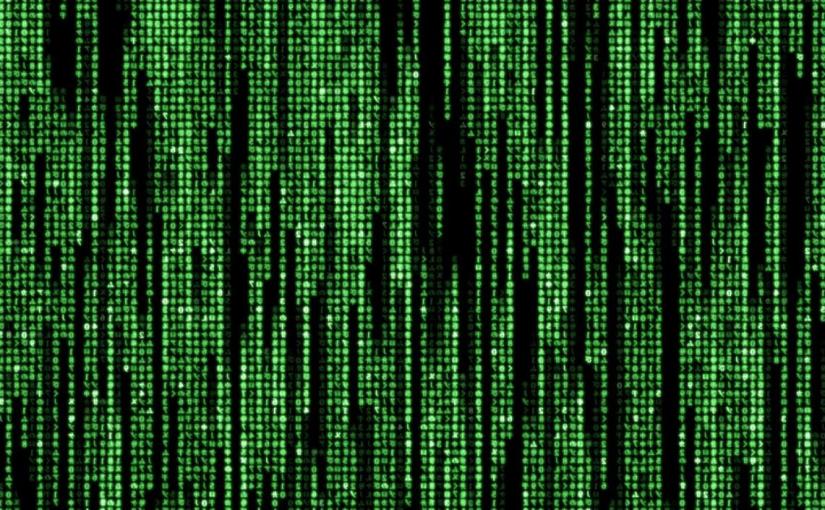

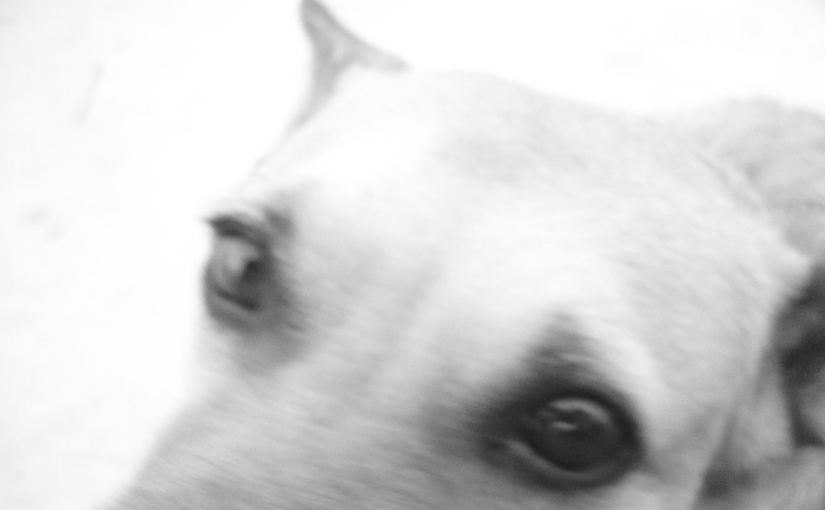





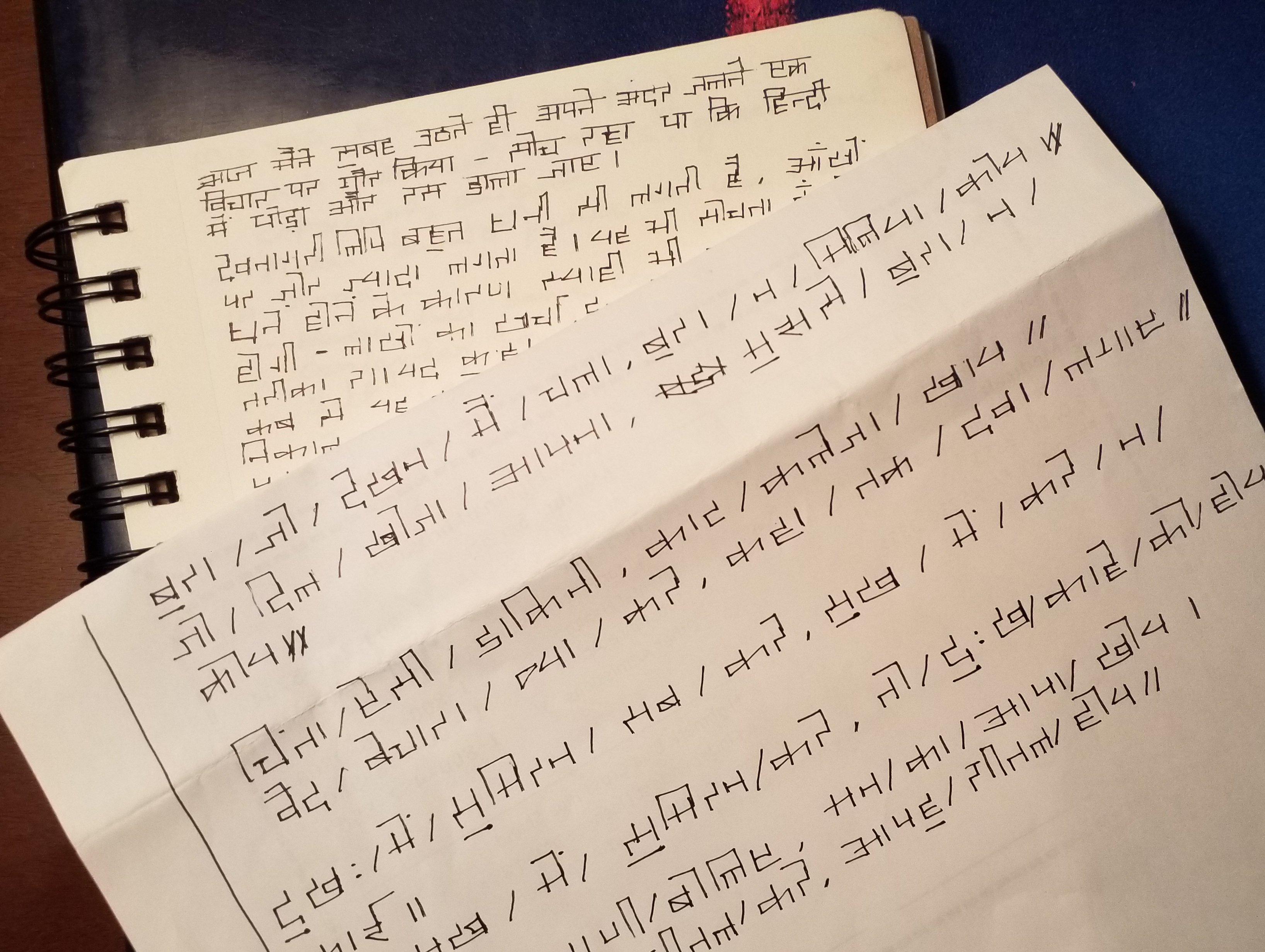

![2020-05-04 19_39_57-(1) Blade Runner 2049 - Chinatown Scene [HD] - YouTube 2020-05-04 19_39_57-(1) Blade Runner 2049 - Chinatown Scene [HD] - YouTube](https://rotixchyavanprash.files.wordpress.com/2020/05/2020-05-04-19_39_57-1-blade-runner-2049-chinatown-scene-hd-youtube-e1588641403296.png?w=174&resize=174%2C153#038;h=153)
![2020-05-04 19_38_45-(1) Blade Runner 2049 - Chinatown Scene [HD] - YouTube 2020-05-04 19_38_45-(1) Blade Runner 2049 - Chinatown Scene [HD] - YouTube](https://rotixchyavanprash.files.wordpress.com/2020/05/2020-05-04-19_38_45-1-blade-runner-2049-chinatown-scene-hd-youtube-e1588641372463.png?w=174&resize=174%2C143#038;h=143)



